Summary
- The Wind Waker introduced new mythology to Zelda, shaping the franchise for 20+ years.
- The game’s unique art style challenged the series’ traditional visuals.
- Hyrule’s fall and Ganondorf’s complex evolution were significant story elements.
After transitioning The Legend of Zelda franchise to 3D with the landmark release of Ocarina of Time in 1998, Nintendo took some time to figure out the next major entry in the series. Despite a realistic-looking CG short film showing Link and Ganon fighting at Nintendo Space World 2000, the next Zelda game abandoned all that in favor of a cel-shaded, highly stylized world with The Wind Waker in 2003. It was a massive departure from the styles seen in previous entries, but it wasn’t just about looks. The Wind Waker was poised to introduce some major contributions to the Zelda franchise’s already evolving mythology.

Related
6 Most Iconic The Legend Of Zelda Characters, Ranked
The Legend of Zelda franchise is home to some of the most iconic characters in gaming, and this is where they rank.
With its unique world and expansive story covering centuries of fictional Hyrule history, The Wind Waker explored a fascinating side of the Zelda franchise and introduced several key pieces of mythology that would go on to influence the rest of the series for years. It was able to take full advantage of an already evolving mythology that took some massive leaps in Ocarina of Time and A Link to the Past, all while introducing its own core tenets that would shape major elements of the lore for the next twenty-plus years. The Legend of Zelda: The Wind Waker is due for a re-release on Nintendo Switch Online with the launch of Switch 2 in June 2025, and with that in mind, here are the major ways it has reshaped the franchise over the last twenty years.
4
Establishing The Hero Of Time As A Myth With An Open-Ended Destiny
One Of The Many Legends Of Zelda
Previous entries in the franchise did well to establish the actual, tangible “legend” of Zelda, as the series positioned its two leads as consistent reincarnations of the same two mythic figures destined to fight evil and save Hyrule from certain destruction. While Ocarina of Time had established Link as the mythic “Hero of Time,” The Wind Waker solidified the absolute mayhem that the official Zelda timeline was about to unleash. In Hyrule Historia, an expansive companion book released alongside Skyward Sword, Nintendo did the unthinkable and took the official Zelda timeline out of the vault, making it publicly available for the very first time.
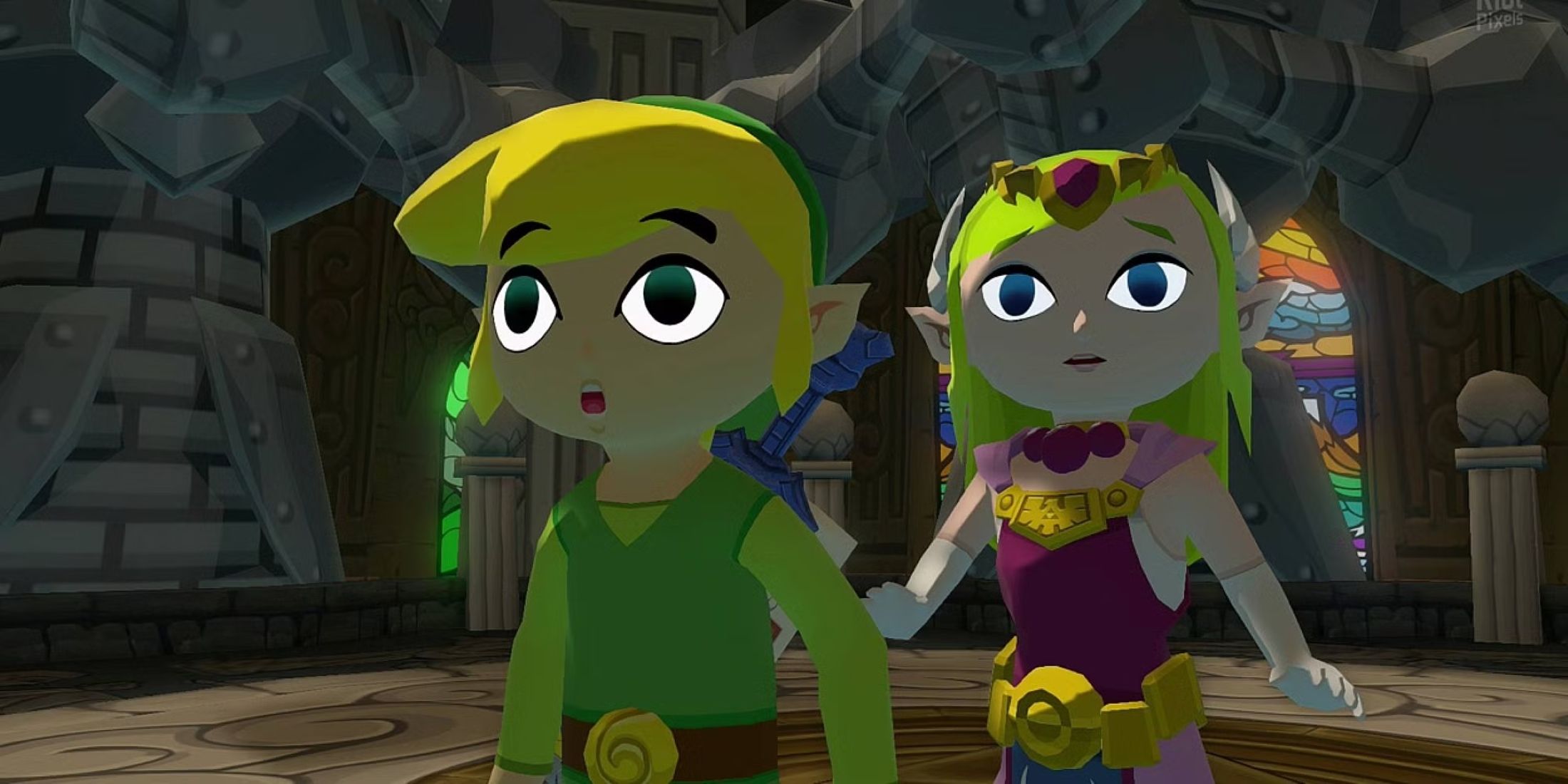
Related
Zelda Fan Shows Off Wildly Obscure Wind Waker Memorabilia
A Legend of Zelda fan shows off an obscure and highly unusual piece of Wind Waker merchandise they’ve held onto for over two decades.
It established that, post-Ocarina of Time, a total of three possible outcomes existed: one where Link defeated Ganon, one where he stops the Dark Lord’s acquisition of the Triforce and returns to his life as a child, and, shockingly, one where the Hero of Time is defeated. This revelation cast older games in a new light, but it was especially so in the case of The Wind Waker, as it was the first game to fully utilize Nintendo’s split timeline concept, with the opening of the game firmly establishing that the Hero of Time was gone and unable to prevent Hyrule’s destruction in the one-hundred years following Ocarina of Time.
3
New Worlds Can Have Unique Looks
Not All Zelda Worlds Are The Same
Most Zelda games before The Wind Waker established a significant visual style that remained fairly consistent, as it presented a familiar fantasy world with traditional trappings that unfolded in either 2D or 3D spaces. While Nintendo’s CG presentation at Space World 2000 showed a very realistic-looking Link and Ganon, prompting speculation that it would pick up where Ocarina of Time left off, The Wind Waker showed that this legendary franchise wasn’t about to rest on its laurels.
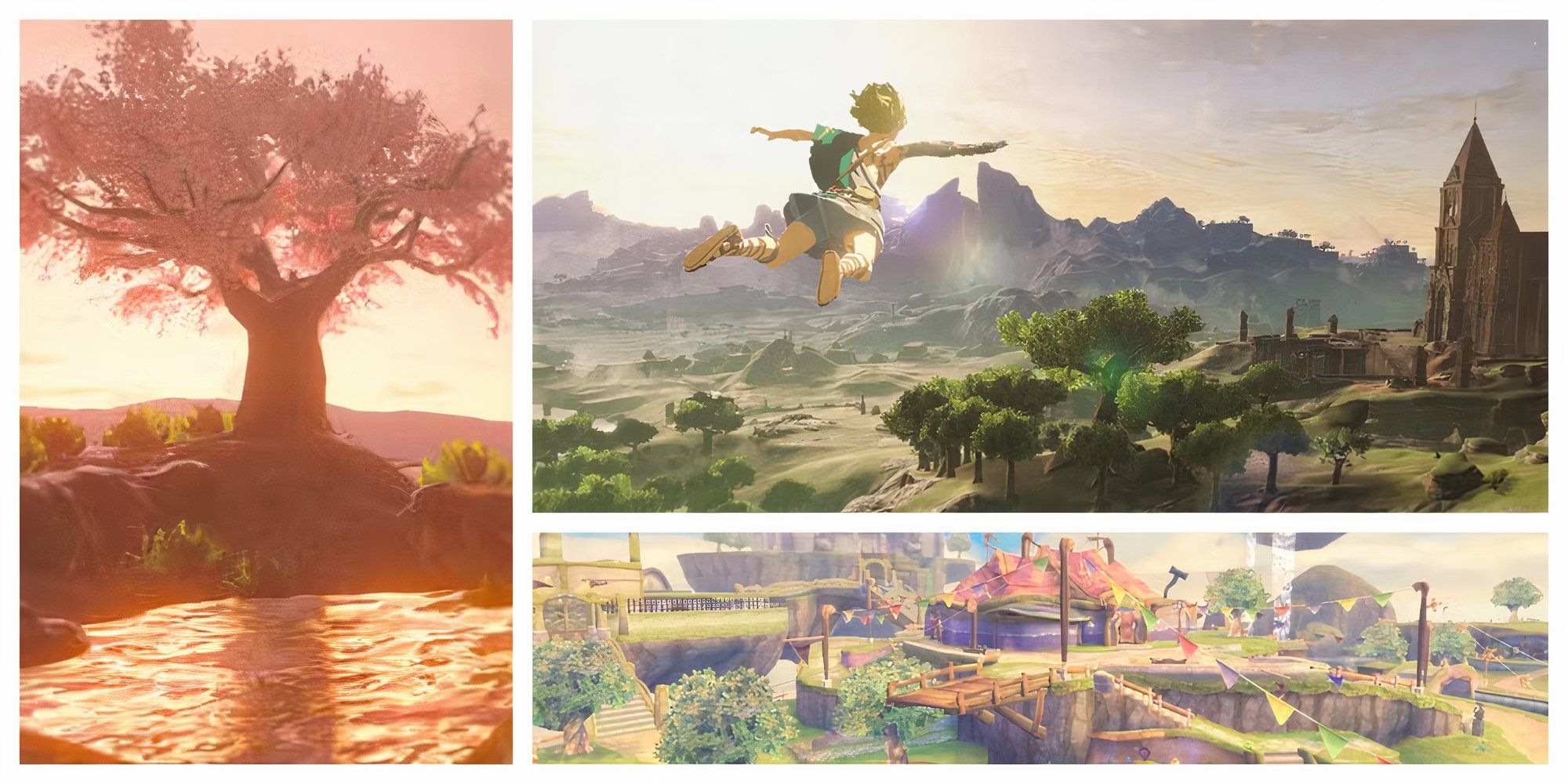
Related
8 Most Beautiful Locations In The Zelda Games, Ranked
The Legend of Zelda game series has featured some gorgeous vistas throughout the years, and the following stand out as the most picturesque.
The Wind Waker took a hard left turn, presenting a highly stylized cel-shaded look that took stronger influence from Disney and Pixar than it did from traditional fantasy settings. It was able to establish that the series could be defined by more than just its setting, as The Wind Waker was able to showcase one of the true strengths of the series: its commitment to innovation and reinventing itself every couple of years. The series would continue to take advantage of this, as future Zelda games were able to be more experimental both in their visuals and the way they presented that mythology, all thanks to the huge gamble that The Wind Waker took with its art direction.
2
The Fall Of Hyrule
The Forgotten Land Under The Great Sea
As The Wind Waker takes place roughly 100 years after the events of Ocarina of Time in the Adult Timeline, it sees Hyrule with no protector and no heroes to keep it safe. Due to the absence of the Hero of Time and Hyrule’s imminent destruction at the hands of Ganondorf, the land was begging for someone to save them. In response, the Goddesses flooded the land and sank it beneath the Great Sea. This set a haunting precedent for the series, as it showcased just how dark things could get for the heroes, as Hyrule being submerged in the depths of the ocean opened up an incredible new way of telling stories for the series.
While the franchise always prides itself on telling unique tales of adventure, The Wind Waker established that anything was possible, and that Link wouldn’t always have an easy path to forging his new destiny. The Great Flood became a major element in the Adult Timeline, as it would go on to influence some key events in both Breath of the Wild and Tears of the Kingdom, proving that this landmark GameCube release still has something left to contribute.
1
The True Nature Of Ganondorf
The Wind Waker Details Ganondorf’s Evolution Into A More Complex Villain
Ganondorf has emerged as one of the most iconic video game villains of all time. The mad despot has tried time and time again to defeat Link and rule over Hyrule once and for all. However, while previous Zelda games positioned Ganondorf as a typical power-hungry madman after the mythical Triforce, The Wind Waker established a much deeper, more complex history for the Prince of Darkness. Tying deeper into the events of A Link to the Past and the Imprisoning War, a major event in the Zelda timeline that serves as the basis for Hyrule Warriors: Age of Imprisonment, launching for Nintendo Switch 2 in late 2025, The Wind Waker alters Ganon’s path to villainy in spectacular fashion.
As the kingdom of Hyrule flourished and Hylians lived with privilege and wealth, the Gerudo tribes were forced to the outskirts. Living in desperation and desiring to make the lives of his people better, Ganon’s pure, raw anger is given new meaning, as he was able to evolve from a simplistic villain on the hunt for power into a more complex, multi-layered antagonist with motives that felt more honest and relatable. The Wind Waker allowed Ganon to evolve from an antagonist with somewhat narrow intentions, transitioning him into a more nuanced, complicated vision of how corruption and desperation can turn anyone into a villain.

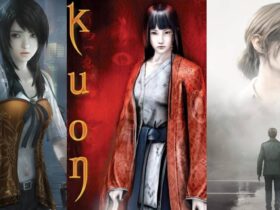







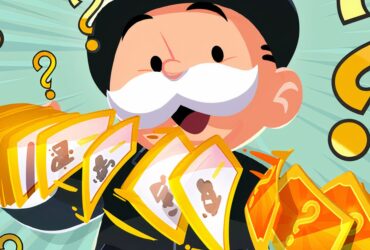

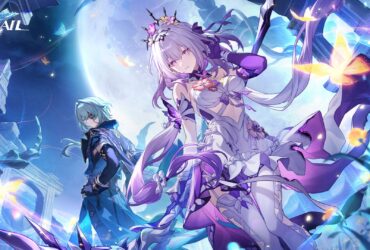
Leave a Reply